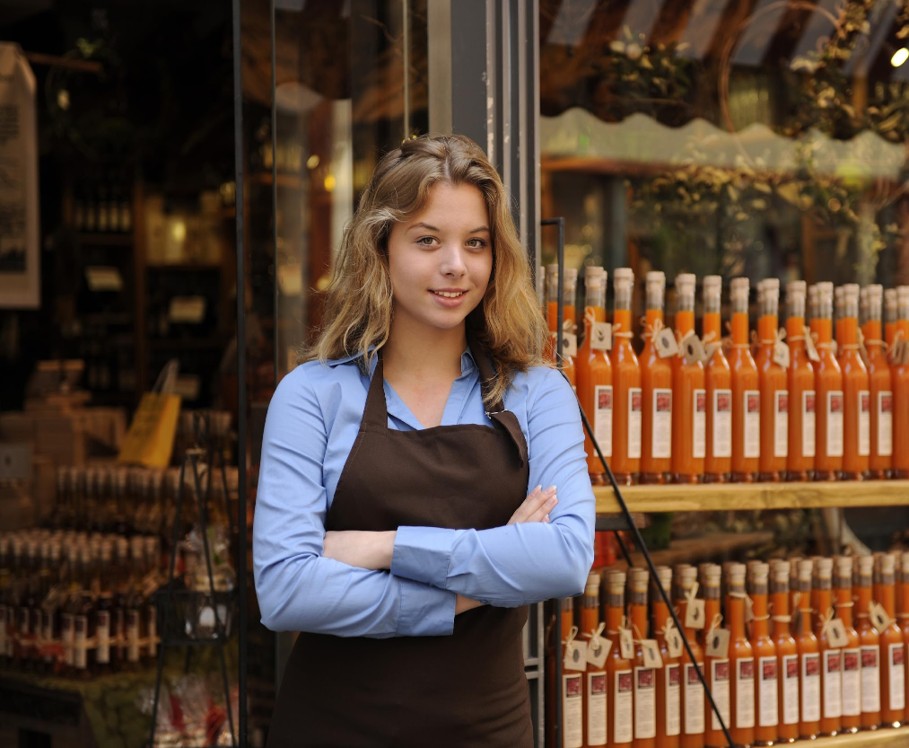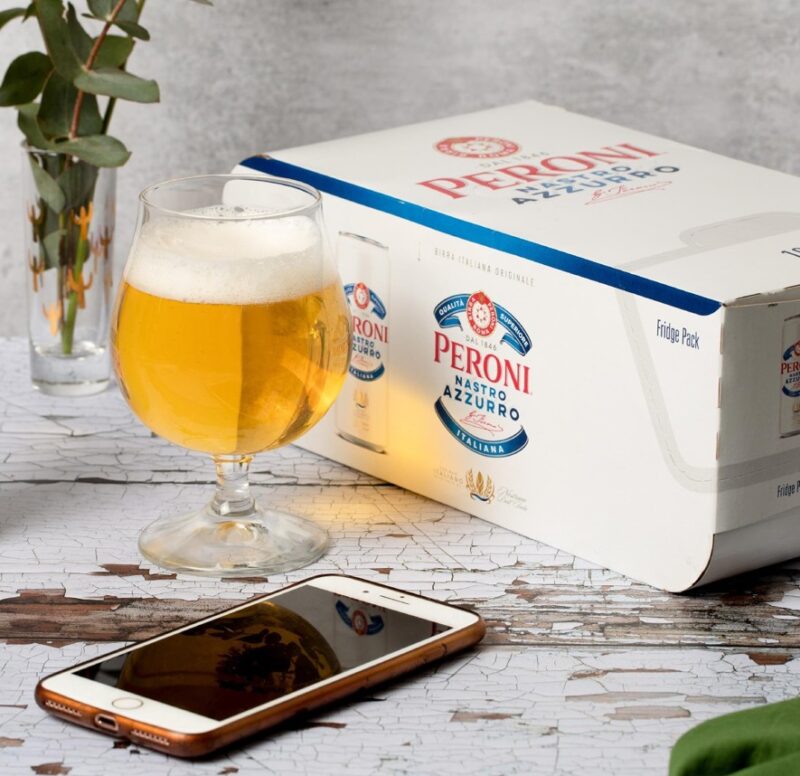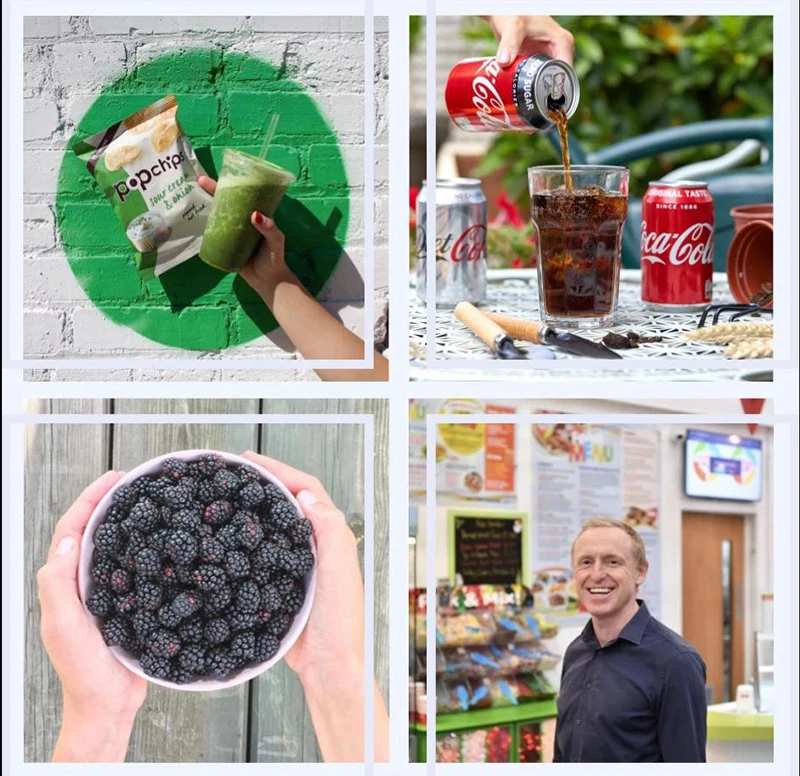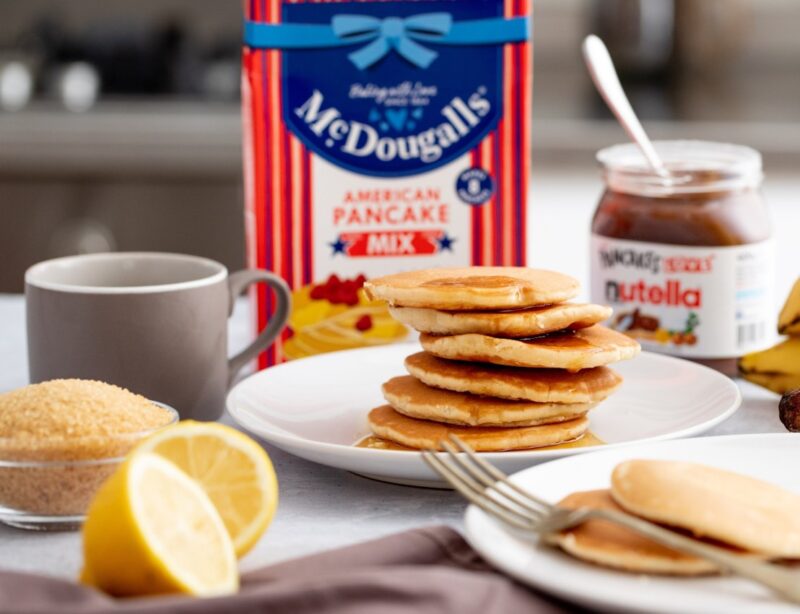Community management is about more than just responding to comments – it is about fostering meaningful interactions between brands and their customers. Juniper’s approach ensures that businesses maintain a two-way dialogue with their audience, encouraging engagement, managing customer concerns, and building long-term loyalty. Understanding what customers want and expect allows brands to refine their content, products, and services to better meet consumer needs.
BRIEF:
During the height of the pandemic, many retailers faced an influx of customer complaints regarding safety measures, social distancing, and stock availability. Juniper stepped in to manage social media communications, ensuring that complaints were addressed professionally, official messaging was relayed accurately, and government guidance was followed.
RESULT:
By implementing crisis management procedures, Juniper helped this brand maintain customer trust and prevent negative sentiment from escalating.

Digital marketing is a powerful tool for driving engagement and conversions. At Juniper, we craft targeted campaigns that combine compelling content, eye-catching design, and smart automation across channels. From email to paid ads to website enhancement, we tailor strategies to each audience segment, optimising performance through A/B testing, analytics, and continuous refinement. Whether you’re launching a product or re-engaging customers, our digital marketing solutions deliver measurable results.
BRIEF:
An industry publication aimed to monetise its newsletter by selling ad placements while focusing on expanding its subscriber base. Juniper’s strategy focused on targeted campaigns to grow the database, alongside creating high-quality, engaging email campaigns to maintain strong engagement and low unsubscribe rates.
RESULT:
Juniper grew the database from 10K to 200K, maintained high engagement, and kept unsubscribe rates low, turning the newsletter into a valuable revenue stream.

Every project begins with research, allowing us to create an in-depth audit of your current performance. By understanding where your business stands and how it has reached this point, we develop a strategic plan with clear actions and defined objectives. Realistic timelines and budgets are set, ensuring that every step is immediately actionable. With measurable KPIs in place, businesses can track their success at every stage of the strategy.
BRIEF:
One of Juniper’s most successful projects involved implementing a structured social media strategy to align a retail client’s online presence with its competitors.
RESULT:
Over five months, and within a limited budget, Juniper achieved remarkable results. Facebook followers increased from 4,000 to 30,000, Instagram grew from 0 to 5,000, and Twitter saw steady growth from 7,000 to 8,000. Engagement metrics skyrocketed, with first-month interactions jumping from 815 to 4,726 on Facebook, from 29 to 920 on Twitter, and from 117 to 3,095 on Instagram.

BRIEF:
Juniper was engaged to conduct a comprehensive social media audit for a major retailer, assessing content effectiveness and optimising budget allocation..
RESULT:
Within two months of implementing the findings, the retailer saw a 5-10% increase in engagement, reach, and return on ad spend across all social media platforms.

Content is at the heart of any successful social media strategy. Juniper creates and shares high-quality, engaging content that is relevant and valuable to your target audience. Through expertly crafted copy, striking graphic design, or curated photography, our team ensures that every piece of content aligns with your brand identity and objectives. Consistency, creativity, and precision are key to making an impact in the digital space.
BRIEF:
Juniper was approached by a client to create a series of images that would effectively tell their brand story on social media.
RESULT:
The client was thrilled with the engaging and high-quality content, which successfully enhanced the brand’s online presence, leading to greater recognition and customer engagement.

Managing social media pages involves far more than just posting content. Juniper provides a comprehensive service that includes content creation, copywriting, scheduling, advertising, and online reputation management. We monitor brand mentions, collaborate with influencers, engage with customers, and deliver detailed performance reports to ensure continuous growth and improvement.
BRIEF:
Juniper was tasked with using social media to launch and relaunch a series of new and existing symbol-group stores. We utilised organic and paid social media, and coordinated with suppliers, press, local businesses, and the wider community to maximise impact.
RESULT:
The results spoke for themselves, with a 20% increase in SKU-level sales and a 5% rise in footfall compared to previous store openings.

BRIEF:
SimplyFresh Cheltenham wanted to appeal to the local vegan and socially conscious community with the launch of Booja Booja dairy-free ice creams. Juniper developed a complementary social media and direct mail campaign, segmenting the market to ensure precise targeting.
RESULT:
The campaign was a resounding success, with the store selling out of the product within just four days.

